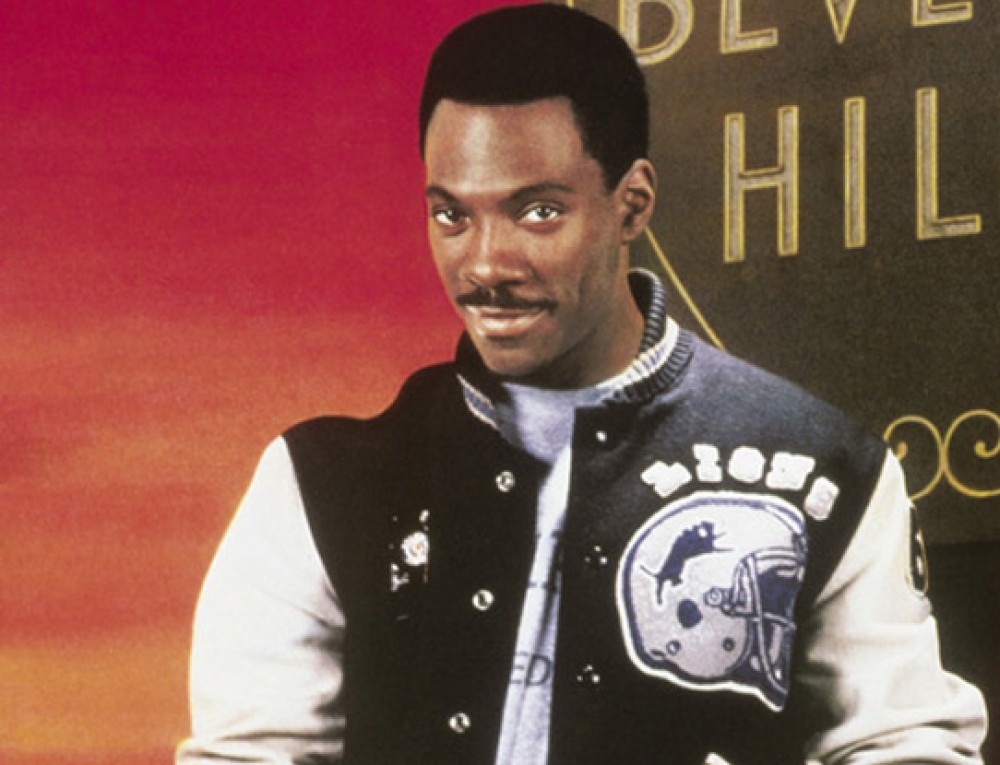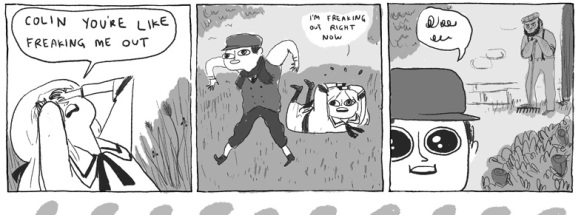Not gonna mince words, there’s some lame-ass shit right here:
You say they are going to get a lot of personal abuse and it’s completely deserved. First, their twitter rant was childish. If Graham has beef with Wood he should take it up with wood instead of calling him out over the internet like the pussy he really is. Secondly when female creators start coming up with good content the’ll get better representation in comics. Look at DC. They currently let Ann Noccenti write 2 books (1 is ending) and they all get panned. Now you can’t tell me that this is not affirmative action. The only reason she is on catwoman is becasue Catwoman sell because she’s is catwoman. Not because of the talent of the write of which there is none. It’s time we stop looking for problems where there aren’t any. When women start making content worthy of publication they will get jobs. Like the rest of the world where some jobs are dominated by certain demographics, it is foolish to believe that comics should be any different. What we is a lack of woman make good content.
Being on Reddit, this lazy rhetoric and F-grade grammar should come as no surprise. Breaking it down, this dude named ‘kruig’ (and it could only be a dude) believes:
- Female comic book creators don’t “come up with good content.”
- DC ‘letting’ Ann Nocenti write two of their comics (she’d also had a stint on Green Arrow, in addition to Katana and Catwoman) is “affirmative action,” simply because her books are getting “panned.”
- That Ann Nocenti has no talent.
- That there are no problems with misogyny in the comic book industry, as demonstrated in points 1, 2, 3, 5, 6, and 7.
- That it’s because women don’t make “content worthy of publication” there aren’t more women working in the industry.
- That the job of comic book creators is rightly “dominated” by certain demographics–implicitly white, heterosexual men.
- Except Brandon Graham, who is “a pussy” for saying mean things about Brian Wood on the internet–even as this guy says mean things about Ann Nocenti…on the internet.
Now, I’m not sure what this guy’s beef is with female creators who have worked in the industry for decades–from Nocenti to Kate Beaton, from Elaine Lee to Mary Skrenes, from Gail Simone to Laura Allred to G. Willow Wilson to Jill Thompson to Colleen Doran to Emma Rios to Laura Martin to Louise Simonson to Elizabeth Breitweiser to Amy Reeder to etc. etc.–but to say their relative scarcity (to say nothing of their second-fiddle status in the Big Two) is the result of their lacking talent shows an ignorance of comic book history (Nocenti alone is a veteran writer with highly-regarded stints on Marvel’s Spider-Man and Daredevil characters, the latter succeeding despite the unenviable task of following up Frank Miller, hardly an “affirmative action” case), the politics of the industry, and even human behavior.
The similarity of such statements to the platform of modern, right-leaning politicians is obvious: those on top of the socioeconomic ladder are there by divine right, and everyone else is not in the little club because their worth is equal to their station (a rigid, caste-system mentality not dissimilar from slavery, as Leonard Pierce points out). A convenient answer to avoid dealing with pesky questions of why certain people always seem to be left out by cultural “gatekeepers.”
Such dismissal of the talent listed above, which doesn’t even scratch the surface (It’s a whole different ballgame if I were to, oh say, include the Year 24 Group), is sadly common in the unwashed dens of comic fandom. If it ain’t uppity women “looking for problems where there aren’t any” (because the industry certainly doesn’t objectify female characters and is absolutely not obsessed with depicting them getting raped), then it’s the appalling treatment of black creators, homosexuals, or…fuck it, just pick anyone who’s not a straight white American male (fictional or otherwise), and comic book readers and/or the industry have had a shitty attitude to their very existence.
As for calling anyone “pussy,” I think Daryl Ayo said it best:
it means something that you equate weakness with the organ that brought you into this world and could still snap your weak phallus in half.
You aren’t built for the kind of trash your talking, boy.
Like their Republican counterparts, these keyboard thugs see a world outside their little bubble, demanding to be treated equally, and see only someone wanting to take away their toys. Evangelical Christians making up wars on Christmas, businessmen grumbling about minimum wage, Tea Partiers demanding more rights for giant corporations than for the people who work for them, this is the crowd many a comic geek lumps themselves into with their rhetoric. They would be pitiable if their actions, or rather their words, weren’t dripping with poison.


